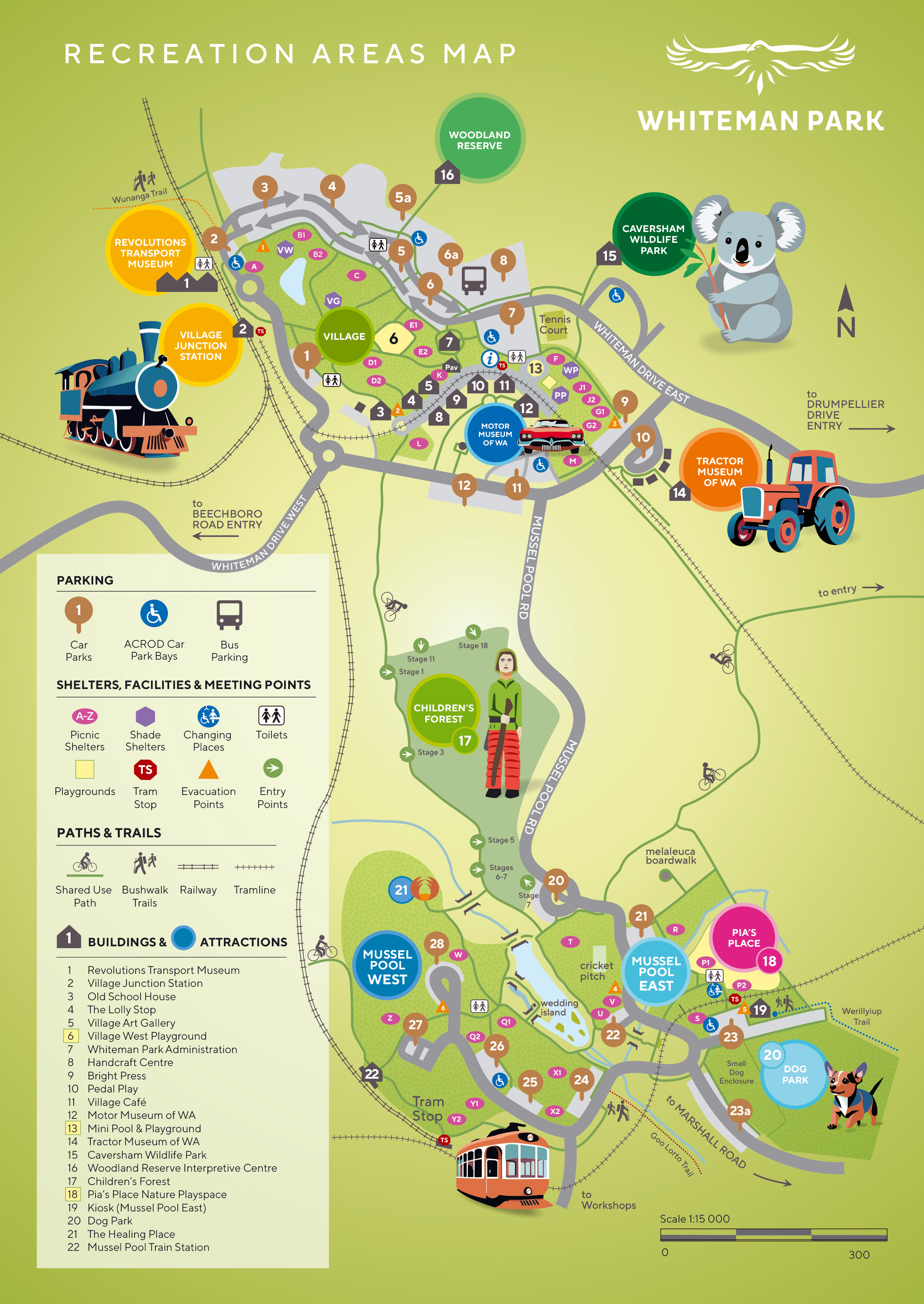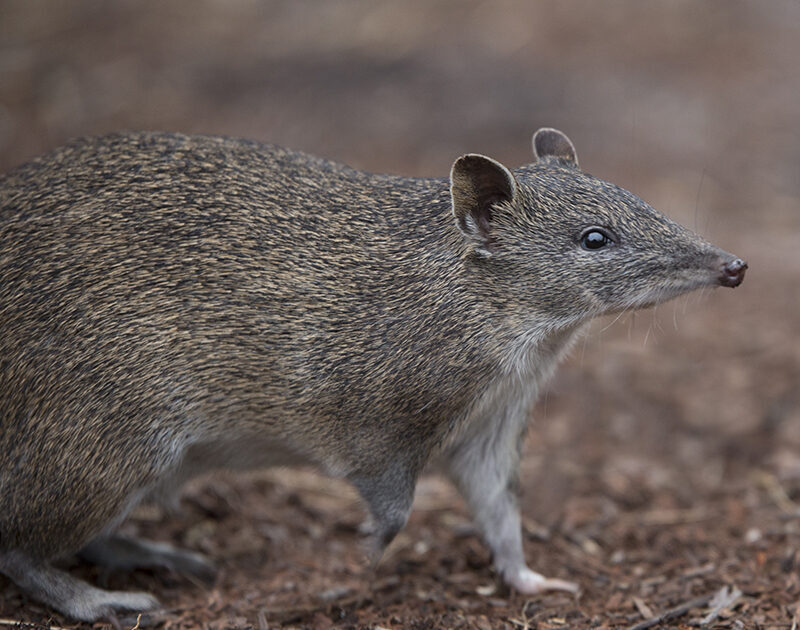Quenda
Isoodon fusciventer
Despite its rare (or ‘Priority 4’) status within Western Australia, the quenda is one of the more common mammals species that may be spotted in the Park.
Often mistaken for the common black rat, the native quenda can be distinguished from these pests by their course, shiny hair, long pointy noses, short tails and squat bodies. They can build up some speed with their loping gait too!
These mammals thrive within the protection of Whiteman Park and are often seen amongst wetland vegetation during the day, particularly around and to the north of Mussel Pool. They are particularly active in the evenings though and care should be taken when driving throughout the Park.
In the wider world, the greatest threats to these (usually) crepuscular foragers include loss of habitat from clearing and fire and predation by foxes and cats.
You can see these cute mammals up close for yourself on one of our Nocturnal Woylie Walks of Woodland Reserve.
| Family | Peramelidae |
| Scientific name | Isoodon fusciventer |
| Noongar name | quenda (sometimes spelt ‘kwenda’) |
| Common name | quenda |
| Conservation status | WA Priority 4 fauna |
| Habitat | wetlands, heathlands, woodlands |
Banner image courtesy of Houndstooth Studio.
Note: the quenda has recently been recognised as a separate species, rather than a subspecies of the Southern brown bandicoot (Isoodon fusciventer).



